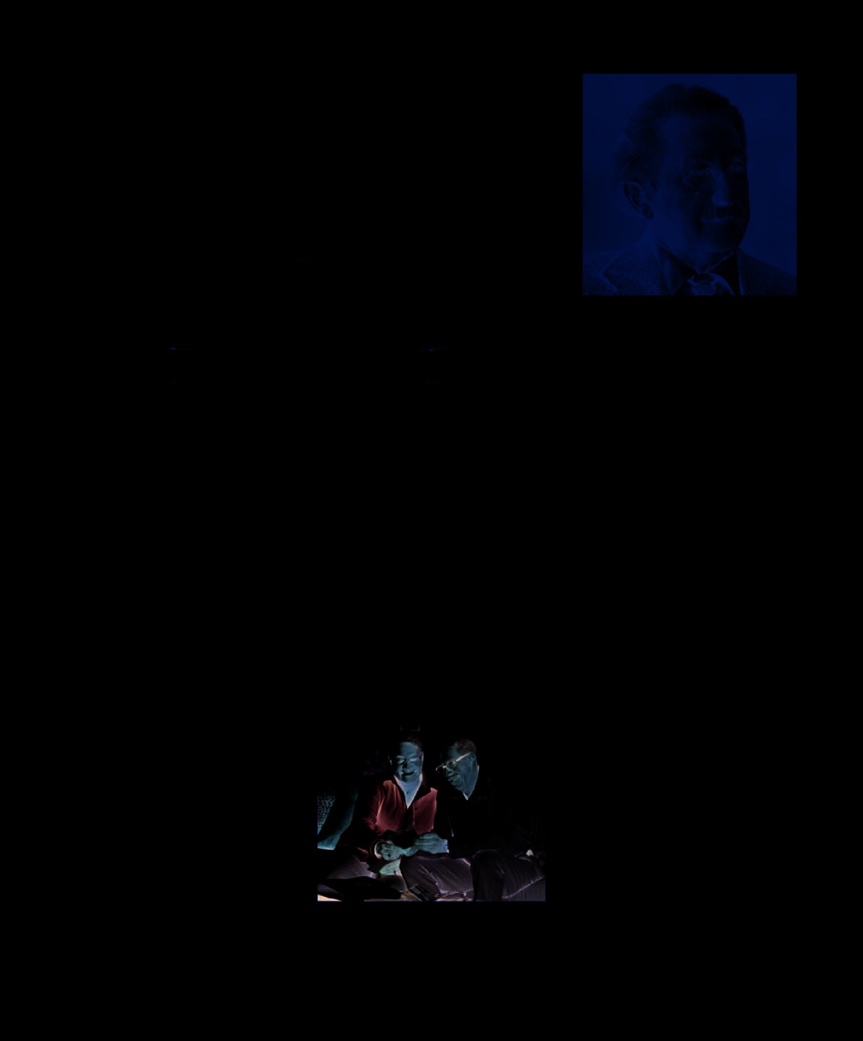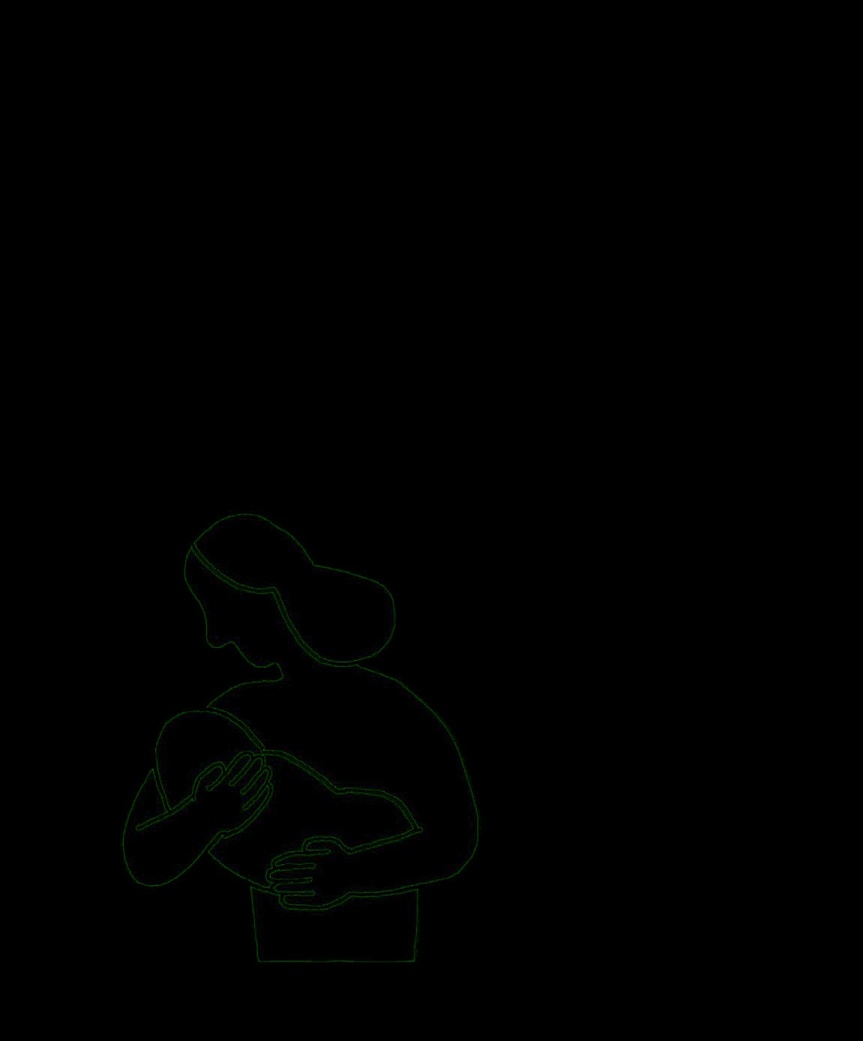The Psychology Book (86 page)
Read The Psychology Book Online
Authors: Unknown

1980
Building on Erikson’s
The first stage, which takes place
work, American psychologist
during a baby’s first year, is “trust
James Marcia explores identity
versus mistrust.” If the infant’s
formation in adolescence.
needs are badly or inconsistently
1996
In her bestselling book
met, feelings of mistrust develop
New Passages
, American
that can recur in later relationships.
Hope is both the earliest
writer Gail Sheehy notes that
The second stage, “autonomy versus
and the most indispensable
adults are prolonging their
shame and doubt,” takes place
virtue inherent in the
adolescence into their 30s,
from 18 months to 2 years. This is
when the child learns to explore,
state of being alive.
pushing back all of Erikson’s
but also for the first time must deal
Erik Erikson
stages of adulthood by
with feelings of shame and doubt as
approximately ten years.
a result of small failures or parental
reprimands. Healthy willpower
develops as a result of learning to
negotiate both success and failure.

DEVELOPMENTAL PSYCHOLOGY 273
See also:
G. Stanley Hall 46–47 ■ Sigmund Freud 92–99 ■ Kurt Lewin 218–23 ■
Jean Piaget 262–69 ■ Lawrence Kohlberg 292–93
Anything that grows has a ground
plan, and out of this the parts arise.
The human personality develops through eight
distinct
and predetermined stages
between birth and death.
Erik Erikson
Erik Erikson was born in
Frankfurt, Germany, as the
result of an extramarital affair.
He was given the surname of
his mother’s husband, never
Failure at any stage
knew his biological father,
By
negotiating each
results in a
mental
and his mother married again
stage successfully
,
deficiency
(such as lack of
when he was three years old.
we develop as mentally
trust or an overwhelming
Unsurprisingly, Erikson always
healthy individuals.
sense of guilt) that stays
struggled with identity issues.
with us throughout life.
He was encouraged to study
medicine, but rebelled and
studied art, touring Italy in his
youth as a “wandering artist.”
He then suffered what he
From here we enter adolescence
reflect on their lives, becoming
called an “aggravated identity
and the fifth stage of “ego-identity
either satisfied and at peace with
crisis” and went to Vienna,
versus role confusion.” This is when
their old age, or despairing over
where he taught art in a school
we develop a coherent sense of who
physical disintegration and the
run on psychoanalytic
we are, through consideration of our
reality of death. Successful
principles. Embracing these
past, present, and future. When
negotiation of this stage results
fully, he then trained as a
successfully negotiated, this stage
in the attainment of wisdom. ■
psychoanalyst under Anna
ensures a unified sense of self, but
Freud. In 1933, he married
problems here can lead to an “identity
Joan Serson and they
crisis”—a term coined by Erikson.
emigrated to Boston, where
During the sixth stage of
he became the first child
“intimacy versus isolation,” between
psychoanalyst in the city. He
the ages of 18 and 30, we build close
later taught at Harvard, Yale,
relationships and experience love.
and Berkeley. He changed his
surname to the self-chosen
The penultimate stage, “generativity
“Erikson” when he became an
versus stagnation,” from 35 to 60,
American citizen in 1933.
sees us working on behalf of future
generations, or contributing to
Key works
society through cultural activities
Erikson said that in our older years
or social activism.
we achieve a sense of completeness
1950
Childhood and Society
The final stage, “ego-integrity
and “personal wholeness” in direct
1964
Insight and Responsibility
versus despair,” starts at the age of
proportion to the degree to which we
1968
Identity: Youth and Crisis
around 60. It occurs when people
successfully negotiated earlier stages.

274
IN CONTEXT
EARLY EMOTIONAL APPROACH
Attachment theory
BONDS ARE AN
BEFORE
1926
Sigmund Freud presents
INTEGRAL PART
the psychoanalytic theory of
“cupboard love,” suggesting
that infants become attached
to caregivers because they
OF
fulfil physiological needs.
HUMAN NATURE
1935
Konrad Lorenz’s research
shows that non-humans form
JOHN BOWLBY (1907–1990)
strong bonds with the first
moving object they encounter.
AFTER
1959
Harry Harlow’s work
demonstrates that macaque
monkeys separated from their
mothers in infancy develop
social and emotional problems.
1978
Michael Rutter shows
that children can become
strongly attached to a variety
of attachment figures (such as
fathers, siblings, peers, and
inanimate objects).
I
n the 1950s, the prevailing
theory on how infants form
attachments was based on
the psychoanalytical concept of
“cupboard love.” This suggested
that babies form bonds with people
who fulfil their physiological needs,
such as feeding. At the same time,
the animal studies of Konrad
Lorenz suggested that animals
simply bond with the first moving
object they encounter, which is
usually the mother.
It was against this background
that John Bowlby took a distinctly
evolutionary perspective on early
attachment. He argued that because
newborn infants are completely
helpless, they are genetically

DEVELOPMENTAL PSYCHOLOGY 275
See also:
Konrad Lorenz 77 ■ Sigmund Freud 92–99 ■ Melanie Klein 108–109 ■ Anna Freud 111 ■ Kurt Lewin 218–23 ■
Lev Vygotsky 270 ■ Bruno Bettelheim 271 ■ Harry Harlow 278 ■ Mary Ainsworth 280–81 ■ Michael Rutter 339
it should take place during the first
year, or at the very least before the
child is two years old. Bowlby
Infants and mothers are
…within the
critical period
thought that any attempts at
biologically programed
of the child’s life
mothering beyond the age of three
to form an attachment with
(the first 24 months).
would be useless, and the child
each other…
would be on course to suffer the
effects of maternal deprivation.
Maternal deprivation
In 1950, Bowlby was commissioned
by the World Health Organization
to study children who had suffered
If this attachment is broken
Attachment
within the critical period
maternal deprivation during World
behavior is an
it will cause
serious and
War II due to evacuation or being
integral part of
permanent
damage
to
made homeless. He was also asked
human nature.
the child’s development.
to investigate the effects of being
raised in residential nurseries and
other large institutions (such as
orphanages). The result of this early
programed to form an attachment
that, although an infant may have
work was Bowlby’s 1951 report,
with their mothers in order to ensure
more than one attachment figure,
Maternal Care and Mental Health
,
their survival. Mothers, he believed,
his attachment to a mother-figure
in which he observed that children
are also genetically programmed to
is simply different from and more
deprived of maternal care for
bond with their babies, feeling the
significant than any other
prolonged periods of time during
need to keep them in close proximity.
attachment he will form throughout
early childhood suffered some
Any conditions that threaten to
his life. Both the infant and his
degree of intellectual, social, or
separate mother and child activate
mother behave in ways that secure
emotional retardation later in life.
instinctive attachment behaviors
this attachment. An infant, for
Five years later Bowlby began a
and feelings of insecurity and fear.
instance, engages in sucking,
second study, this time investigating
These ideas formed the basis of
cuddling, looking, smiling, and
children who had spent five months
Bowlby’s theory, which developed
crying in order to shape and control
to two years in a tuberculosis ❯❯
to explain the lifelong significance
his caregiver’s behavior, and a
of the mother–infant bond as well
caregiver would be sensitive and
as the psychological difficulties
responsive to the infant’s needs.
that children suffer if this bond is
In this way the two behavioral
damaged or entirely broken.
systems—attachment and
caregiving—help to shape one
Mothers only
another and create a lifelong bond.
Mother love in infancy is as
One of the most controversial
Bowlby believes that this bond is
important for mental health
aspects of Bowlby’s theory is that
so deeply formative that if it fails to
as are vitamins and proteins
infants always attach to a female,
take place, or breaks down within
for physical health.
never a male. This female figure
the first few years of life, the child
John Bowlby
may not be the natural mother, but
will go on to suffer serious negative
she certainly represents a mother-
